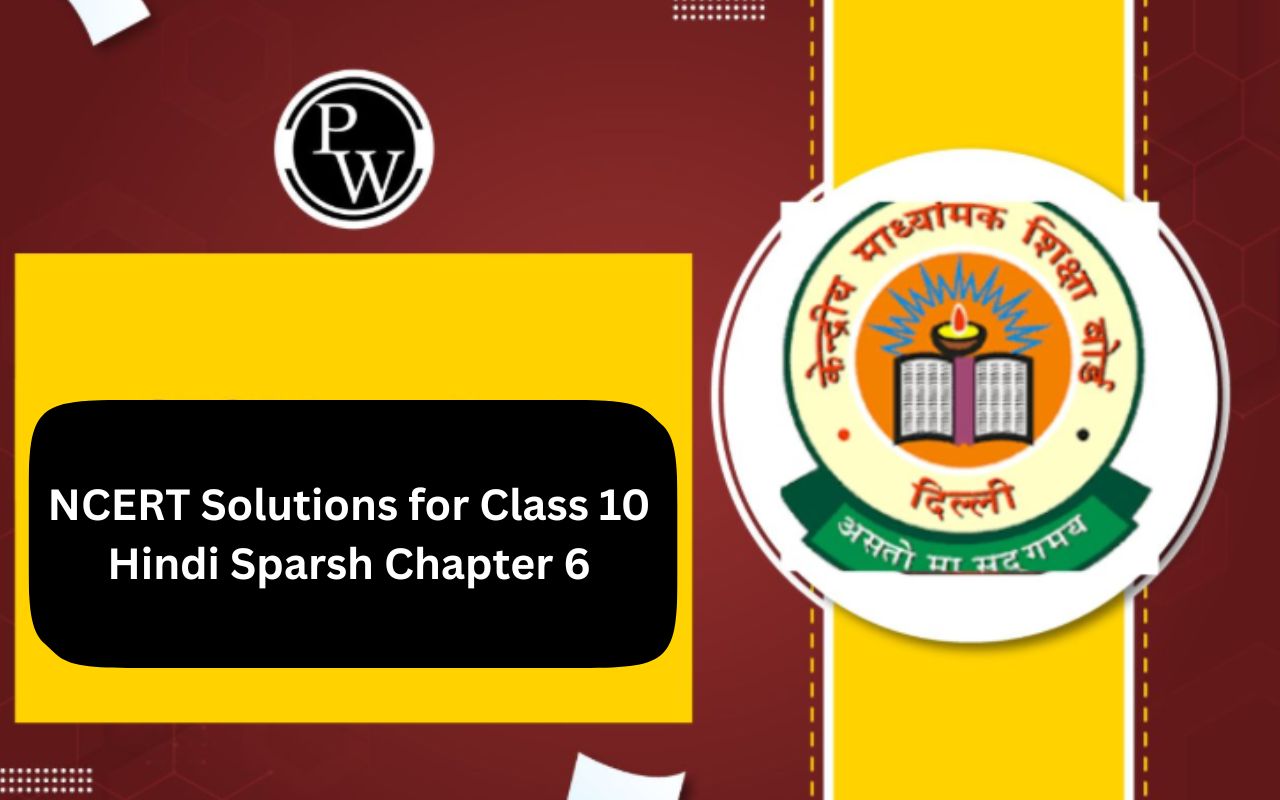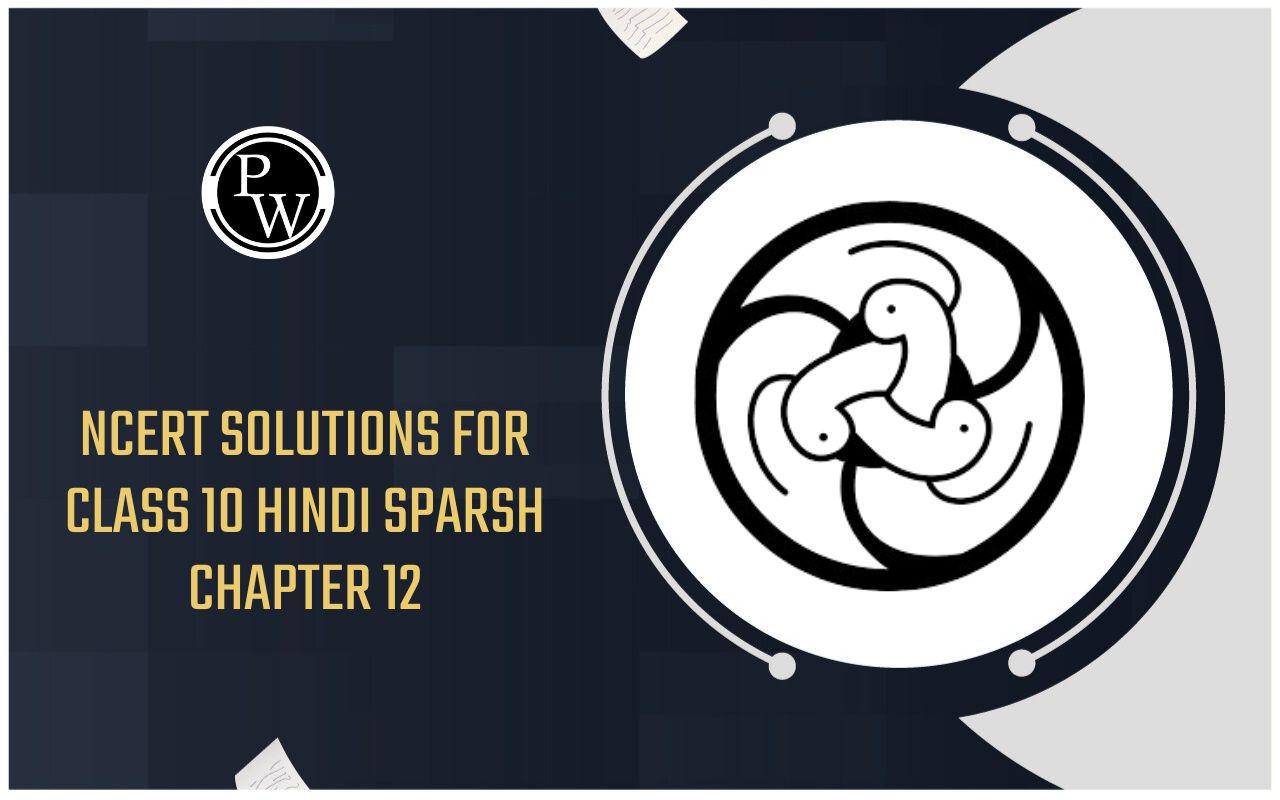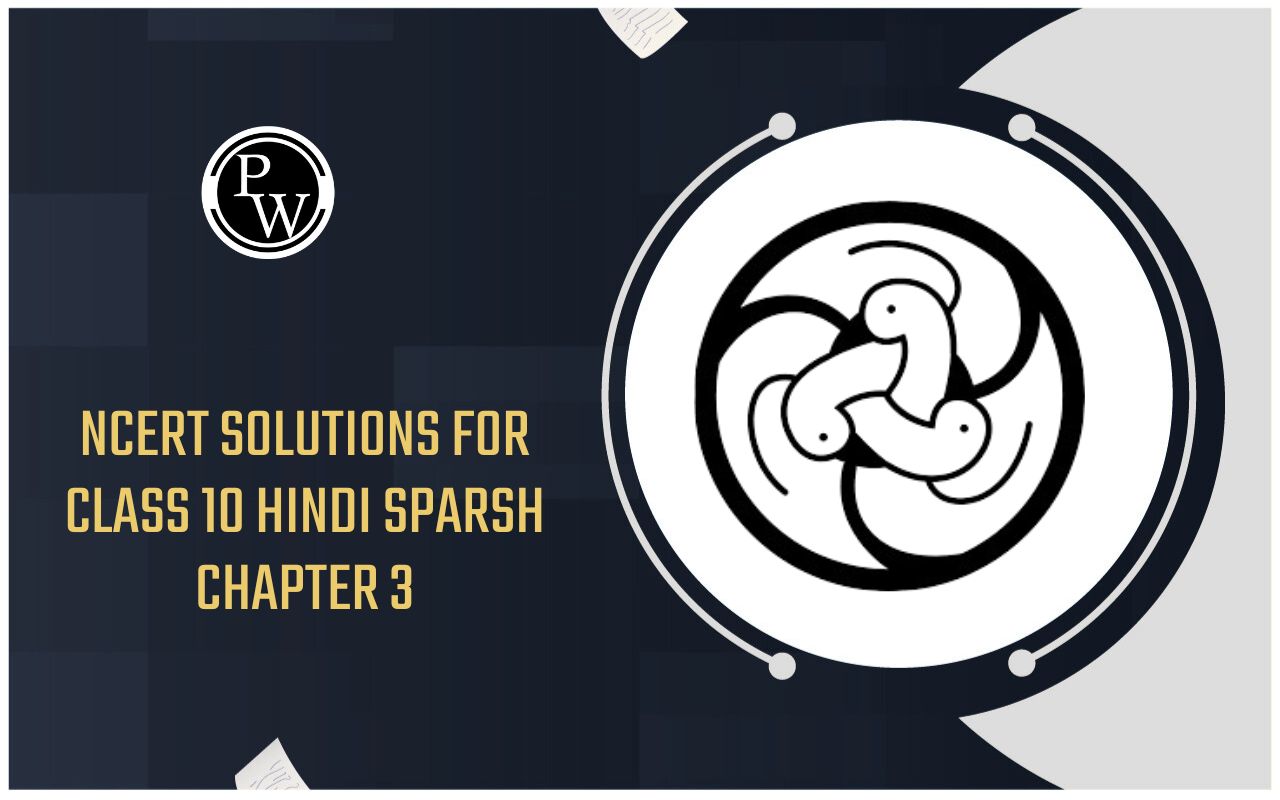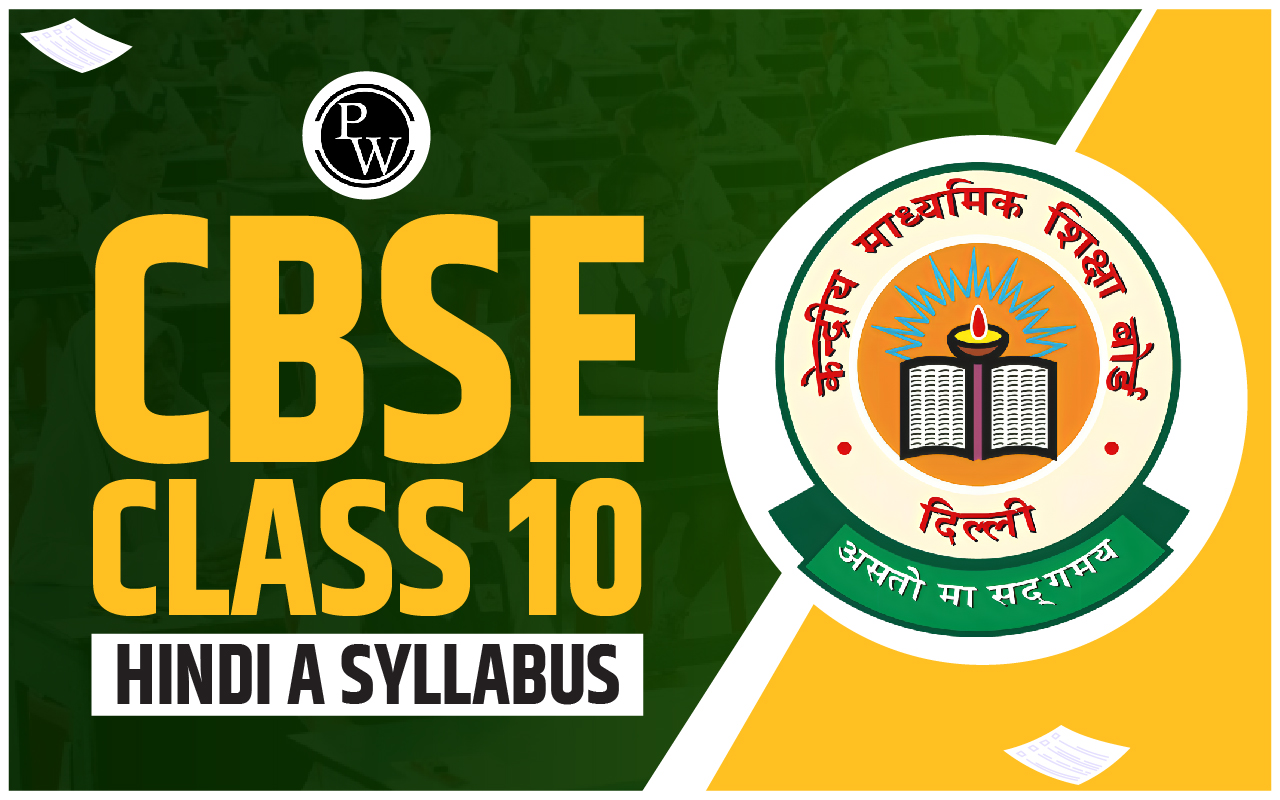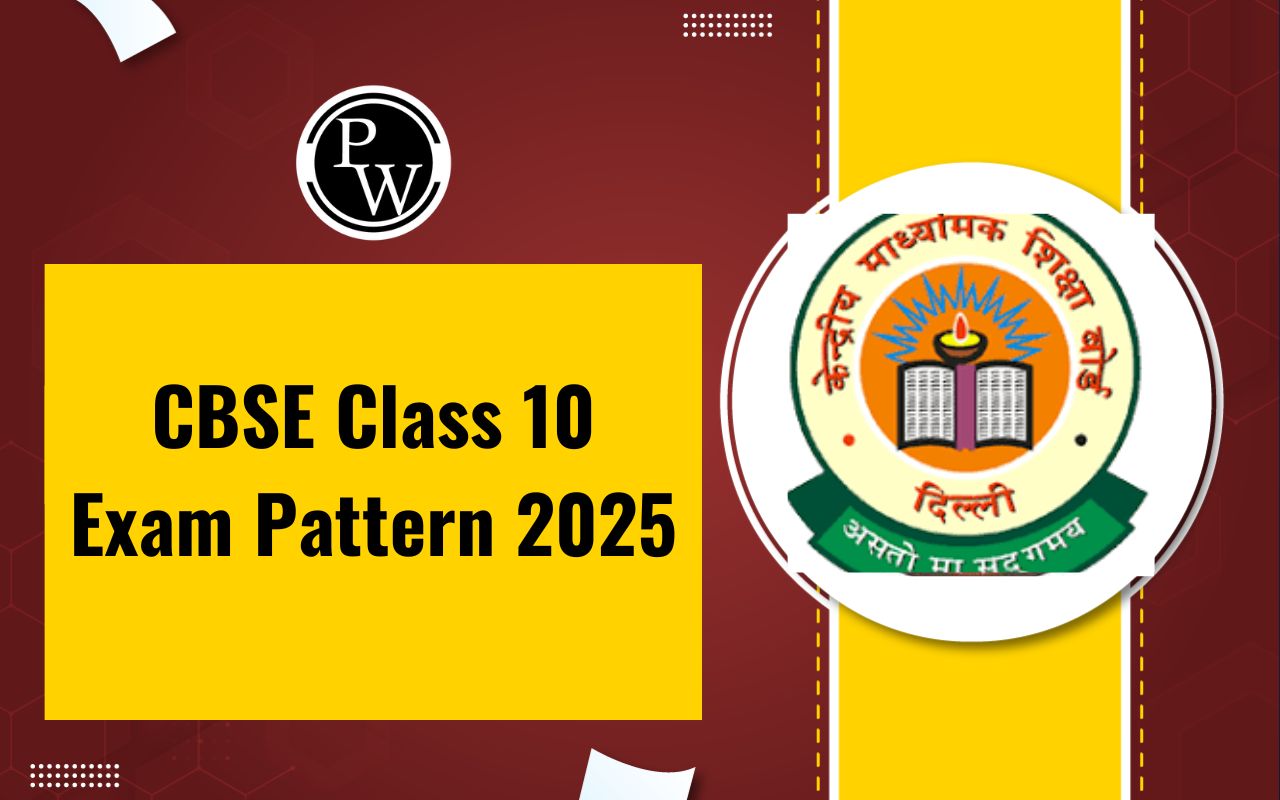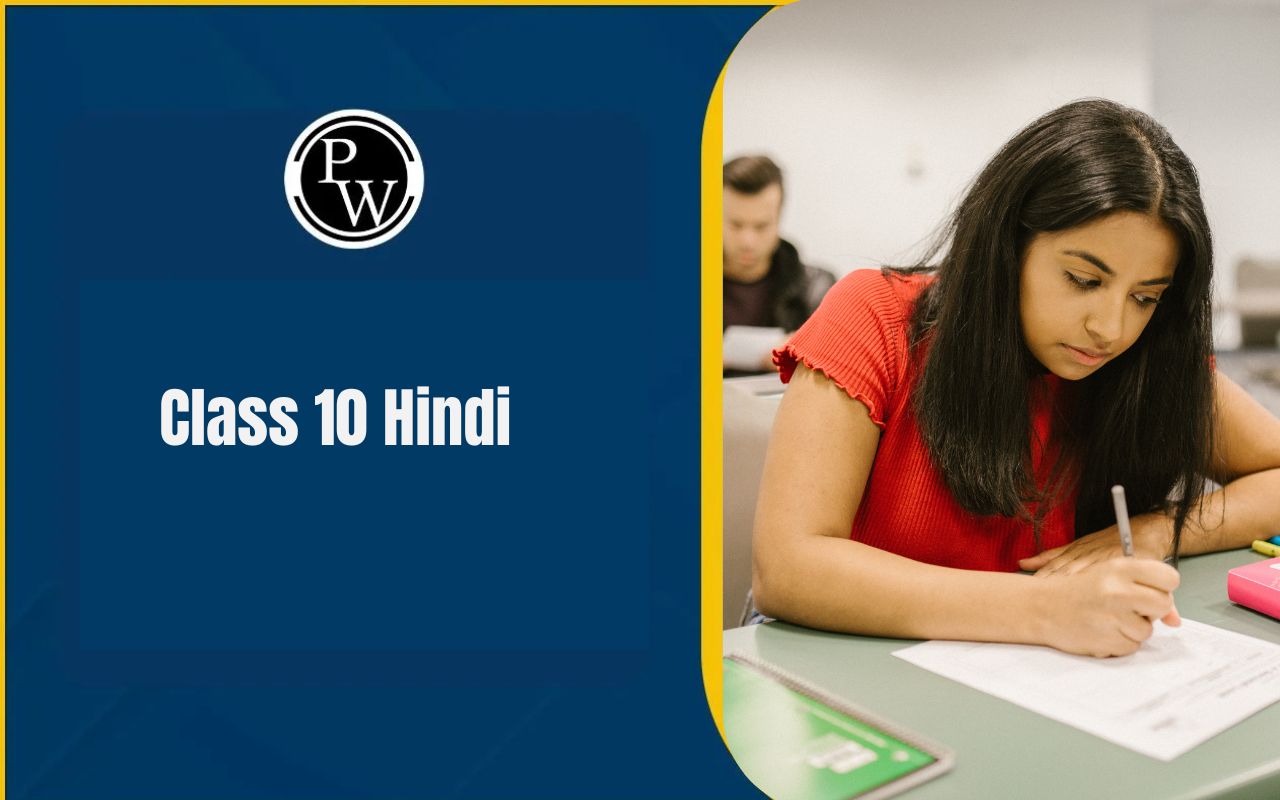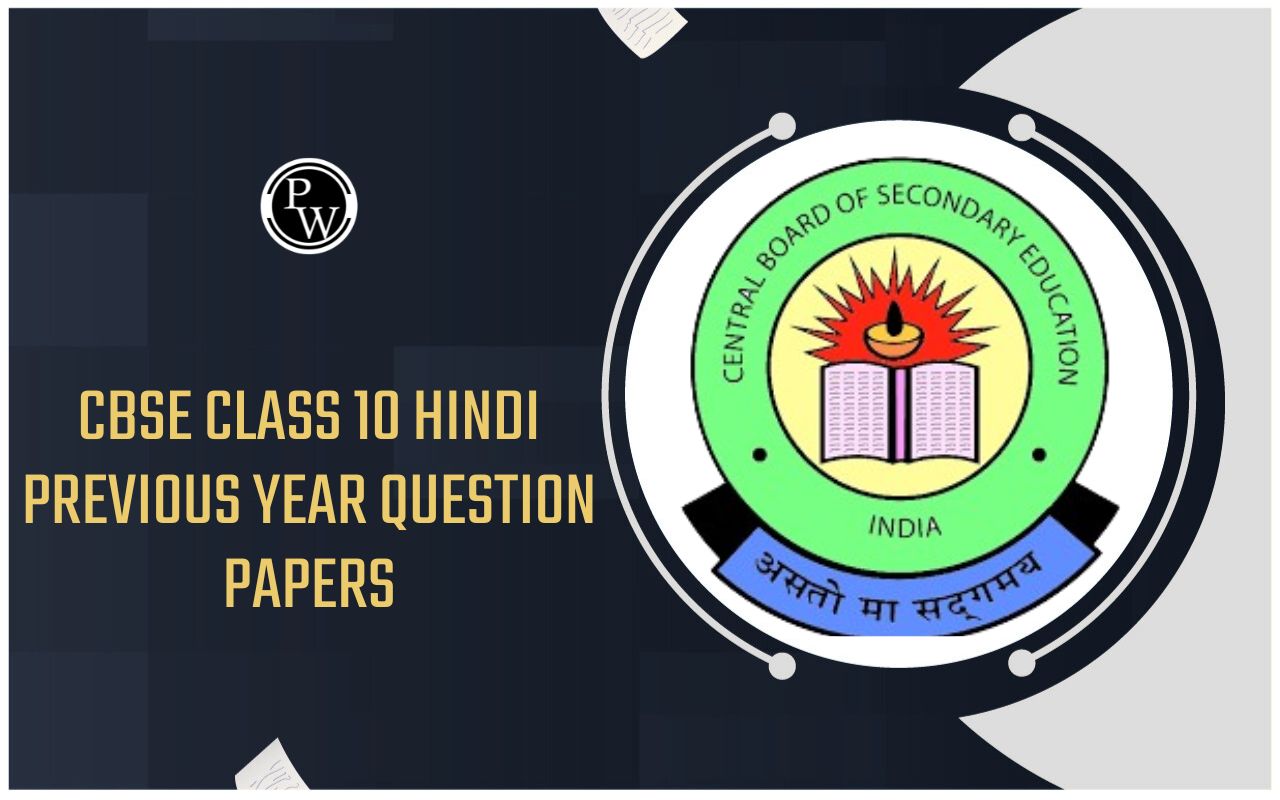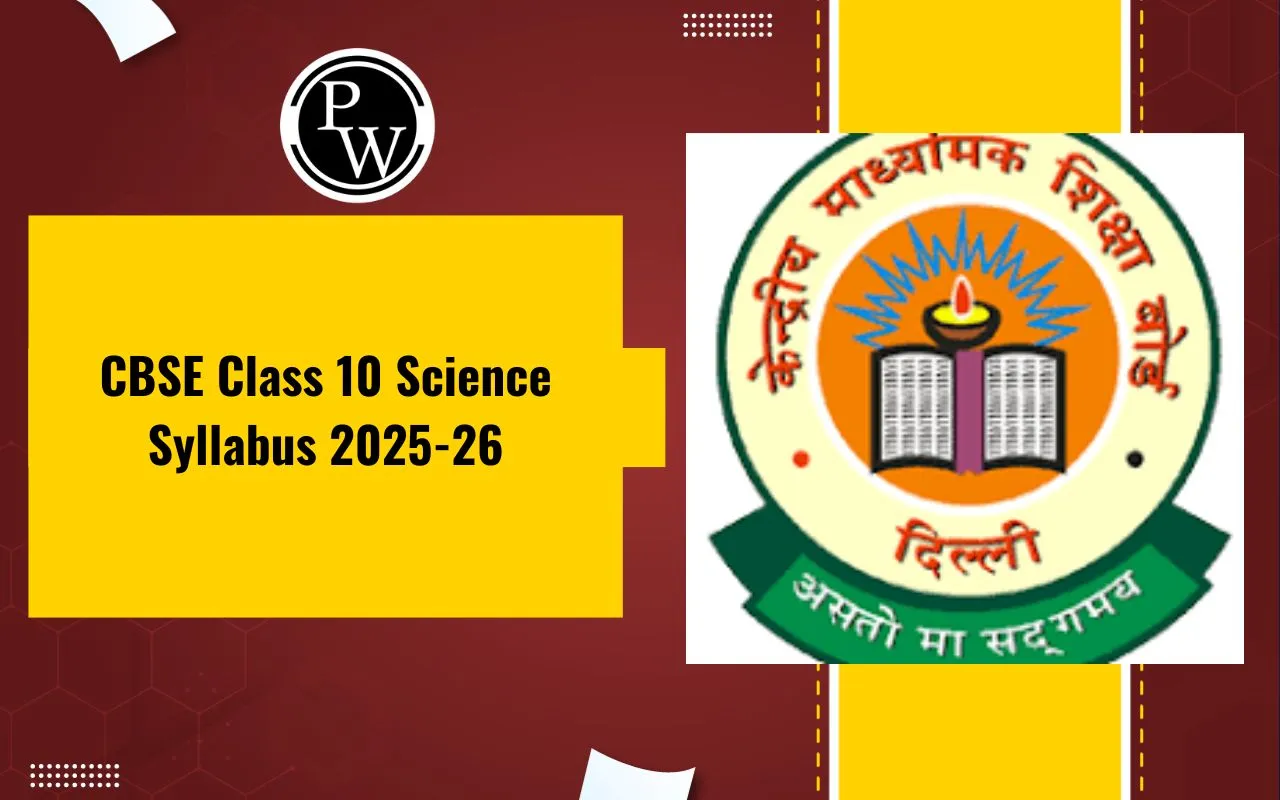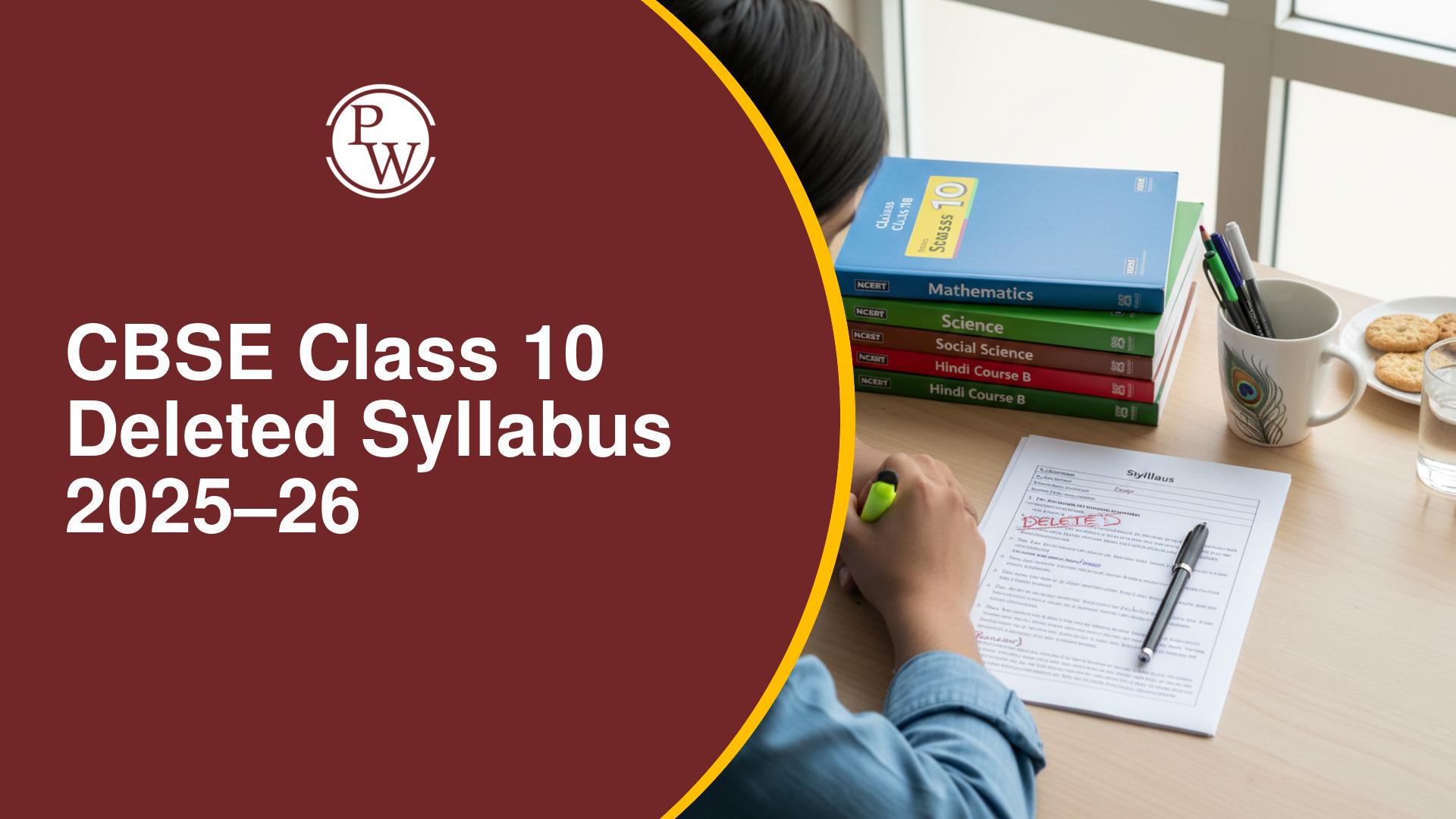
NCERT Solutions for Class 10 Maths Chapter 3 Exercise 3.5: Exercise 3.5 of Chapter 3 Pair of Linear Equations in Two Variables focuses on solving equations using the elimination method. This method involves eliminating one variable by adding or subtracting the given equations, simplifying them to a single-variable equation.
The NCERT solutions for this exercise provide clear, step-by-step explanations for each problem, making it easier for students to understand and apply the technique. Practicing these solutions helps students build confidence, improve accuracy and prepare effectively for board exams. The solutions are designed to align with the syllabus and ensure a strong grasp of this fundamental topic.Important Questions For Class 10 Maths Chapter 3
NCERT Solutions for Class 10 Maths Chapter 3 Exercise 3.5 Overview
Exercise 3.5 in Chapter 3 Pair of Linear Equations in Two Variables, focuses on solving linear equations using the elimination method. This method is a key algebraic technique where one variable is eliminated by adding or subtracting the equations, reducing them to a single-variable equation that can be easily solved.CBSE Class 10 Previous Year Question Papers PDF with Solutions
Introduction to the Elimination Method :
- Students learn to manipulate equations by aligning coefficients of one variable.
- The exercise emphasizes simplifying equations through addition or subtraction to eliminate one variable.
Types of Problems Covered :
- Simple equations with aligned coefficients for direct elimination.
- Equations requiring multiplication to align coefficients before elimination.
Steps for the Elimination Method :
- Step 1: Multiply one or both equations (if necessary) to equalize the coefficients of one variable.
- Step 2: Add or subtract the equations to eliminate the chosen variable.
- Step 3: Solve the resulting single-variable equation.
- Step 4: Substitute the found value back into one of the original equations to find the second variable.
CBSE Class 10 Maths Sample Paper 2024-25
NCERT Solutions for Class 10 Maths Chapter 3 Exercise 3.5 PDF
Exercise 3.5 of Chapter 3 Pair of Linear Equations in Two Variables focuses on solving linear equations using the elimination method. The NCERT Solutions for this exercise provide step-by-step explanations to guide students through the process. The detailed solutions help in building a strong understanding of how to apply the elimination method effectively. To enhance your learning experience a detailed PDF with all the solutions to the exercise is available below.NCERT Solutions for Class 10 Maths Chapter 3 Exercise 3.5 PDF
NCERT Class 10 Maths Chapter 3 Pair of Linear Equations in Two Variables Exercise 3.5
Here is the NCERT Class 10 Chapter 3 Pair of Linear Equations in Two Variables Exercise 3.5-1. Which of the following pairs of linear equations has a unique solution, no solution, or infinitely many solutions? In case there is a unique solution, find it by using the cross-multiplication method.
(i) x – 3y – 3 = 0 and 3x – 9y – 2 = 0 (ii) 2x + y = 5 and 3x + 2y = 8
(iii) 3x – 5y = 20 and 6x – 10y = 40 (iv) x – 3y – 7 = 0 and 3x – 3y – 15 = 0
Solutions:
(i) Given, x – 3y – 3 =0 and 3x – 9y -2 =0 a 1 /a 2 =1/3 , b 1 /b 2 = -3/-9 =1/3, c 1 /c 2 =-3/-2 = 3/2 (a 1 /a 2 ) = (b 1 /b 2 ) ≠ (c 1 /c 2 ) Since the given set of lines is parallel to each other, they will not intersect each other, and therefore, there is no solution for these equations. (ii) Given, 2x + y = 5 and 3x +2y = 8 a 1 /a 2 = 2/3 , b 1 /b 2 = 1/2 , c 1 /c 2 = -5/-8 (a 1 /a 2 ) ≠ (b 1 /b 2 ) Since they intersect at a unique point, these equations will have a unique solution by cross multiplication method. x/(b 1 c 2 -c 1 b 2 ) = y/(c 1 a 2 – c 2 a1) = 1/(a 1 b 2 -a 2 b 1 ) x/(-8-(-10)) = y/(-15-(-16)) = 1/(4-3) x/2 = y/1 = 1 ∴ x = 2 and y =1 (iii) Given, 3x – 5y = 20 and 6x – 10y = 40 (a 1 /a 2 ) = 3/6 = 1/2 (b 1 /b 2 ) = -5/-10 = 1/2 (c 1 /c 2 ) = 20/40 = 1/2 a 1 /a 2 = b 1 /b 2 = c 1 /c 2 Since the given sets of lines overlap each other, there will be an infinite number of solutions for this pair of equations. (iv) Given, x – 3y – 7 = 0 and 3x – 3y – 15 = 0 (a 1 /a 2 ) = 1/3 (b 1 /b 2 ) = -3/-3 = 1 (c 1 /c 2 ) = -7/-15 a 1 /a 2 ≠ b 1 /b 2 Since this pair of lines intersect each other at a unique point, there will be a unique solution. By cross-multiplication, x/(45-21) = y/(-21+15) = 1/(-3+9) x/24 = y/ -6 = 1/6 x/24 = 1/6 and y/-6 = 1/6 ∴ x = 4 and y = 12. (i) For which values of a and b do the following pair of linear equations have an infinite number of solutions?
2x + 3y = 7
(a – b) x + (a + b) y = 3a + b – 2
(ii) For which value of k will the following pair of linear equations have no solution?
3x + y = 1
(2k – 1) x + (k – 1) y = 2k + 1
Solution:
(i) 3y + 2x -7 =0 (a + b)y + (a-b)y – (3a + b -2) = 0 a 1 /a 2 = 2/(a-b) , b 1 /b 2 = 3/(a+b) , c 1 /c 2 = -7/-(3a + b -2) For infinitely many solutions, a 1 /a 2 = b 1 /b 2 = c 1 /c 2 Thus, 2/(a-b) = 7/(3a+b– 2) 6a + 2b – 4 = 7a – 7b a – 9b = -4 ……………………………….(i) 2/(a-b) = 3/(a+b) 2a + 2b = 3a – 3b a – 5b = 0 ……………………………….….(ii) Subtracting (i) from (ii), we get 4b = 4 b =1 Substituting this eq. in (ii), we get a -5 x 1= 0 a = 5 Thus, at a = 5 and b = 1, the given equations will have infinite solutions. (ii) 3x + y -1 = 0 (2k -1)x + (k-1)y – 2k -1 = 0 a 1 /a 2 = 3/(2k -1) , b 1 /b 2 = 1/(k-1), c 1 /c 2 = -1/(-2k -1) = 1/( 2k +1) For no solutions, a 1 /a 2 = b 1 /b 2 ≠ c 1 /c 2 3/(2k-1) = 1/(k -1) ≠ 1/(2k +1) 3/(2k –1) = 1/(k -1) 3k -3 = 2k -1 k =2 Therefore, for k = 2, the given pair of linear equations will have no solution.3. Solve the following pair of linear equations by the substitution and cross-multiplication methods.
8x + 5y = 9
3x + 2y = 4
Solution:
8x + 5y = 9 …………………..(1) 3x + 2y = 4 ……………….….(2) From equation (2), we get x = (4 – 2y )/ 3 ……………………. (3) Using this value in equation 1, we get 8(4-2y)/3 + 5y = 9 32 – 16y +15y = 27 -y = -5 y = 5 ……………………………….(4) Using this value in equation (2), we get 3x + 10 = 4 x = -2 Thus, x = -2 and y = 5 Now, using the Cross-multiplication method, 8x +5y – 9 = 0 3x + 2y – 4 = 0 x/(-20+18) = y/(-27 + 32 ) = 1/(16-15) -x/2 = y/5 =1/1 ∴ x = -2 and y =5| CBSE Class 10 English Sample Paper 2024-25 | CBSE Class 10 Maths Sample Paper 2024-25 |
| CBSE Class 10 Social Science Sample Paper 2024-25 | CBSE Class 10 Science Sample Paper 2024-25 |
4. Form the pair of linear equations in the following problems and find their solutions (if they exist) by any algebraic method.
(i) A part of monthly hostel charges is fixed, and the remaining depends on the number of days one has taken food in a mess. When student A takes food for 20 days, she has to pay Rs.1,000 as hostel charges, whereas student B, who takes food for 26 days, pays Rs.1,180 as hostel charges. Find the fixed charges and the cost of food per day.
(ii) A fraction becomes 1/3 when 1 is subtracted from the numerator, and it becomes 1/4 when 8 is added to its denominator. Find the fraction.
(iii) Yash scored 40 marks on a test, getting 3 marks for each right answer and losing 1 mark for each wrong answer. Had 4 marks been awarded for each correct answer and 2 marks been deducted for each incorrect answer, then Yash would have scored 50 marks. How many questions were there in the test?
(iv) Places A and B are 100 km apart on a highway. One car starts from A and another from B at the same time. If the cars travel in the same direction at different speeds, they meet in 5 hours. If they travel towards each other, they meet in 1 hour. What are the speeds of the two cars?
(v) The area of a rectangle gets reduced by 9 square units, if its length is reduced by 5 units and its breadth is increased by 3 units. If we increase the length by 3 units and the breadth by 2 units, the area increases by 67 square units. Find the dimensions of the rectangle.
Solutions:
(i) Let x be the fixed charge and y be the charge of food per day.
According to the question, x + 20y = 1000……………….. (i) x + 26y = 1180………………..(ii) Subtracting (i) from (ii), we get 6y = 180 y = Rs.30 Using this value in equation (ii), we get x = 1180 -26 x 30 x= Rs.400. Therefore, the fixed charge is Rs.400, and the charge per day is Rs.30.(ii) Let the fraction be x/y.
So, as per the question given, (x -1)/y = 1/3 => 3x – y = 3…………………(1) x/(y + 8) = 1/4 => 4x –y =8 ………………..(2) Subtracting equation (1) from (2), we get x = 5 ………………………………………….(3) Using this value in equation (2), we get (4×5)– y = 8 y= 12 Therefore, the fraction is 5/12. (iii) Let the number of right answers be x and the number of wrong answers be y. According to the given question, 3x−y=40……..(1) 4x−2y=50 ⇒2x−y=25…….(2) Subtracting equation (2) from equation (1), we get x = 15 ….….(3) Putting this in equation (2), we obtain 30 – y = 25 Or y = 5 Therefore, number of right answers = 15 and number of wrong answers = 5 Hence, the total number of questions = 20(iv) Let x km/h be the speed of the car from point A and y km/h be the speed of the car from point B.
If the car travels in the same direction, 5x – 5y = 100 x – y = 20 …………………………………(i) If the car travels in the opposite direction, x + y = 100………………………………(ii) Solving equations (i) and (ii), we get x = 60 km/h………………………………………(iii) Using this in equation (i), we get 60 – y = 20 y = 40 km/h Therefore, the speed of the car from point A = 60 km/h Speed of car from point B = 40 km/h (v) Let, The length of the rectangle = x unit And the breadth of the rectangle = y unit Now, as per the question given, (x – 5) (y + 3) = xy -9 3x – 5y – 6 = 0……………………………(1) (x + 3) (y + 2) = xy + 67 2x + 3y – 61 = 0…………………………..(2) Using cross multiplication method, we get x/(305 +18) = y/(-12+183) = 1/(9+10) x/323 = y/171 = 1/19 Therefore, x = 17 and y = 9 Hence, the length of the rectangle = 17 units And the breadth of the rectangle = 9 unitsBenefits of Solving NCERT Solutions for Class 10 Maths Chapter 3 Exercise 3.5
- Mastery of the Elimination Method : The exercise focuses on the elimination method, helping students understand and apply it confidently to solve linear equations.
- Step-by-Step Problem Solving : Detailed solutions guide students through each step, making it easier to learn and practice solving equations accurately.
- Improved Accuracy and Efficiency : Regular practice helps students avoid common mistakes, enhancing their speed and precision in solving mathematical problems.
- Exam Preparation : Solving these problems prepares students for similar questions in board exams, improving their overall confidence and performance.
- Builds Analytical Thinking : By working through structured problems, students develop logical reasoning and critical thinking skills essential for mathematics.
- Strengthens Fundamentals : The exercise reinforces basic algebraic concepts, providing a strong foundation for advanced topics in higher grades.
NCERT Solutions for Class 10 Maths Chapter 3 Exercise 3.5 FAQs
What is the main focus of Exercise 3.5 in Chapter 3?
Why is the elimination method important?
What are the benefits of practicing Exercise 3.5?
How does this exercise help in board exams?


